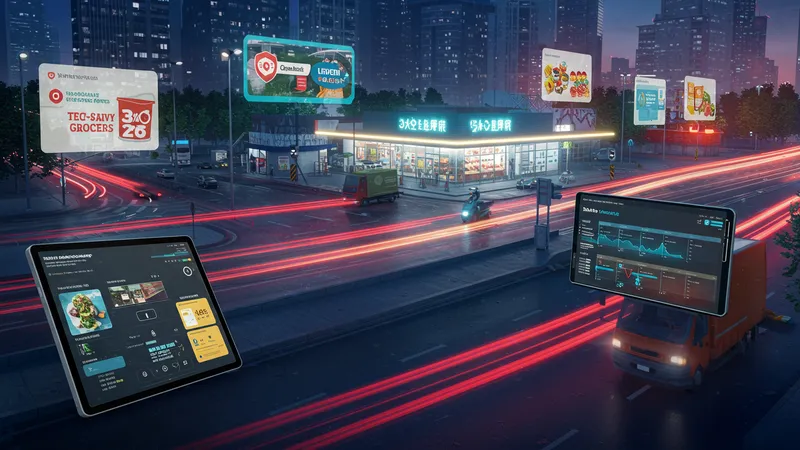
What’s Driving Quick Commerce? Explore The Shift Today
Competitive Landscape, Profitability, and The Future of Quick Commerce
With growing interest from venture capital and legacy retailers alike, quick commerce has rapidly shifted from experimental startups to an established competitive arena. Companies must invest heavily in branding, technology, and partnerships to stand out. Strategic alliances—such as Instacart partnering with major grocers—enable expansive product selections and shared delivery resources, turning potential rivals into collaborators.

Profitability remains one of the industry’s toughest hurdles. Q-commerce models require high order velocity, efficient delivery, and minimal waste to counteract narrow margins. Subscription options and upselling premium time slots are among the tactics used to offset operational costs. Dynamic pricing, where users see fluctuating fees based on demand or delivery windows, is increasingly common as companies balance convenience with financial sustainability.
Industry insiders forecast continued refinement in both technology and service offerings. The next phase will likely feature greater personalization—smart apps suggesting products based on previous orders or time of day—and more sustainable practices, such as batch deliveries or zero-emission transport fleets. Regulatory adjustments may also shape how Q-commerce operates within cities, aligning service convenience with broader urban policy goals.
Looking ahead, Q-commerce is well-positioned to remain a transformative force within retail. As the lines between physical and digital commerce blur, the most adaptive platforms will be those that anticipate consumer needs, optimize logistics, and maintain strong relationships with both partners and customers. For anyone watching the retail space, Q-commerce signals not just a change in how goods move, but a deeper shift in modern lifestyles and urban ecosystems.